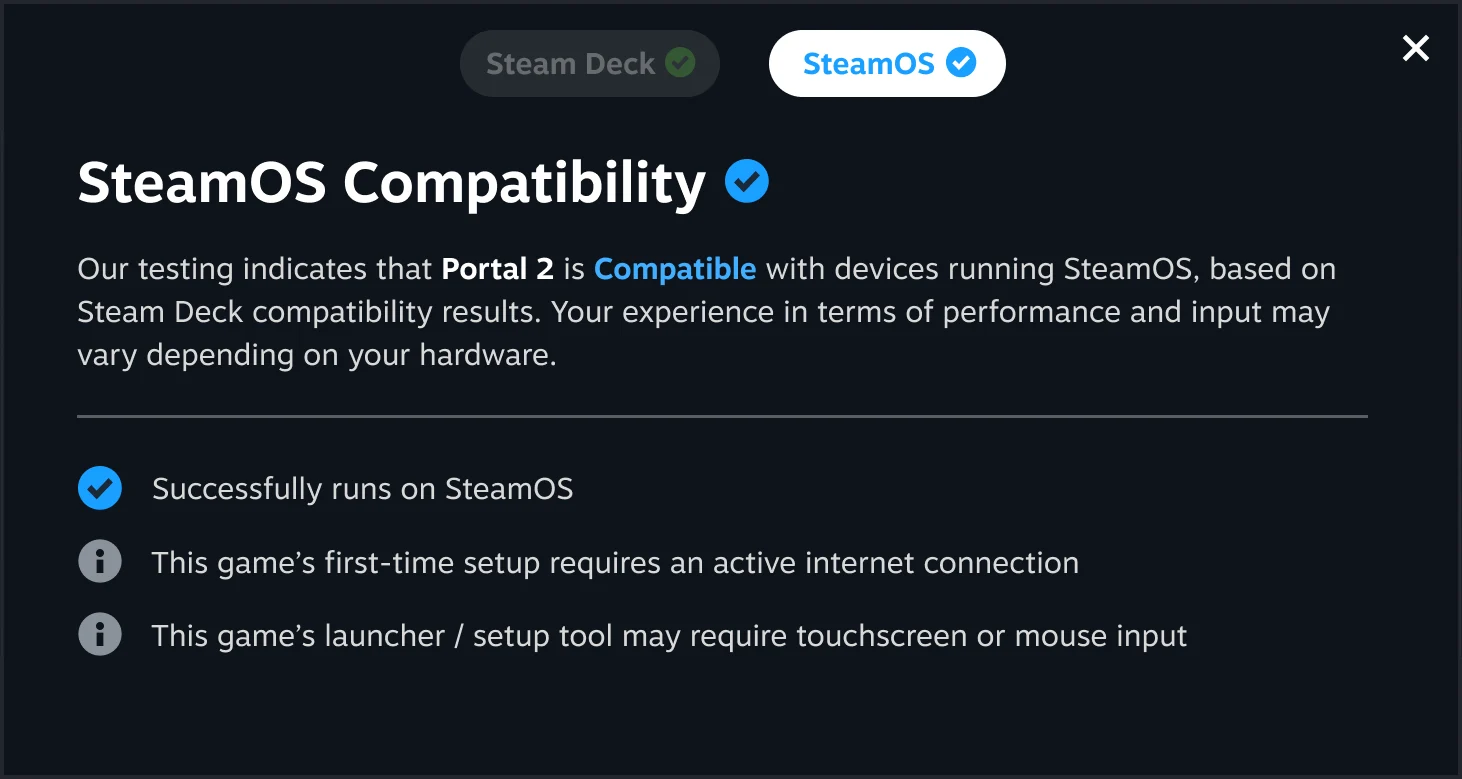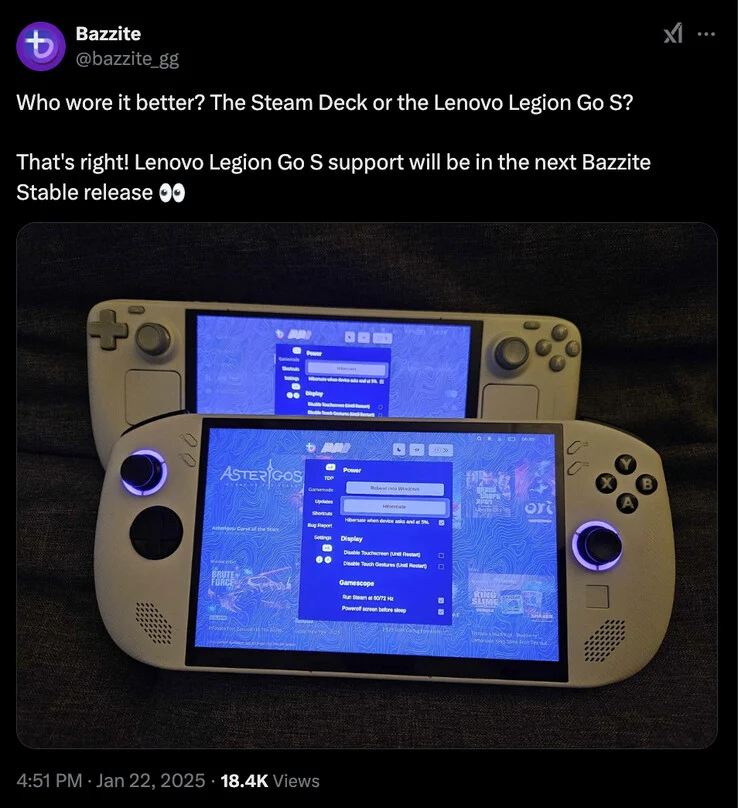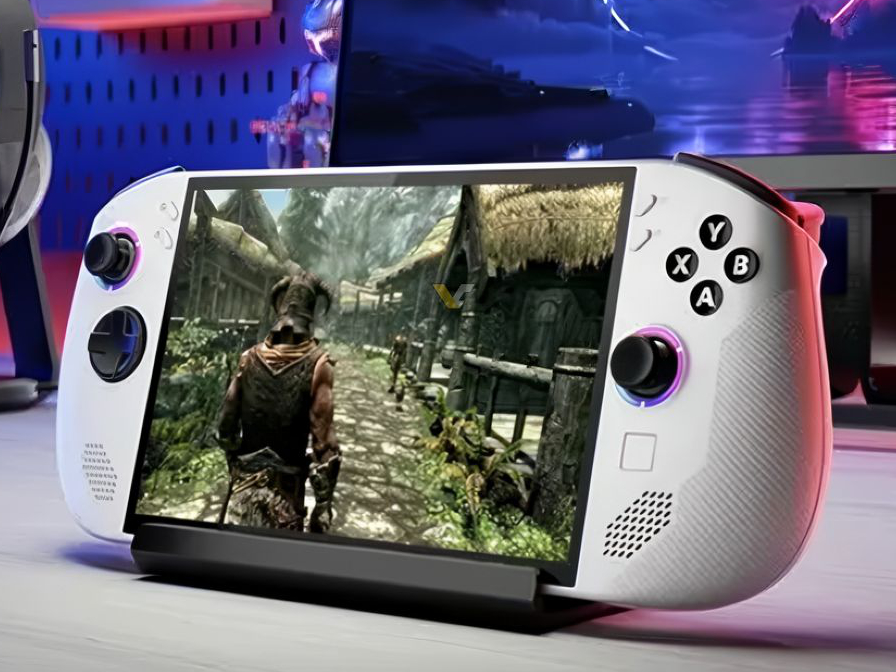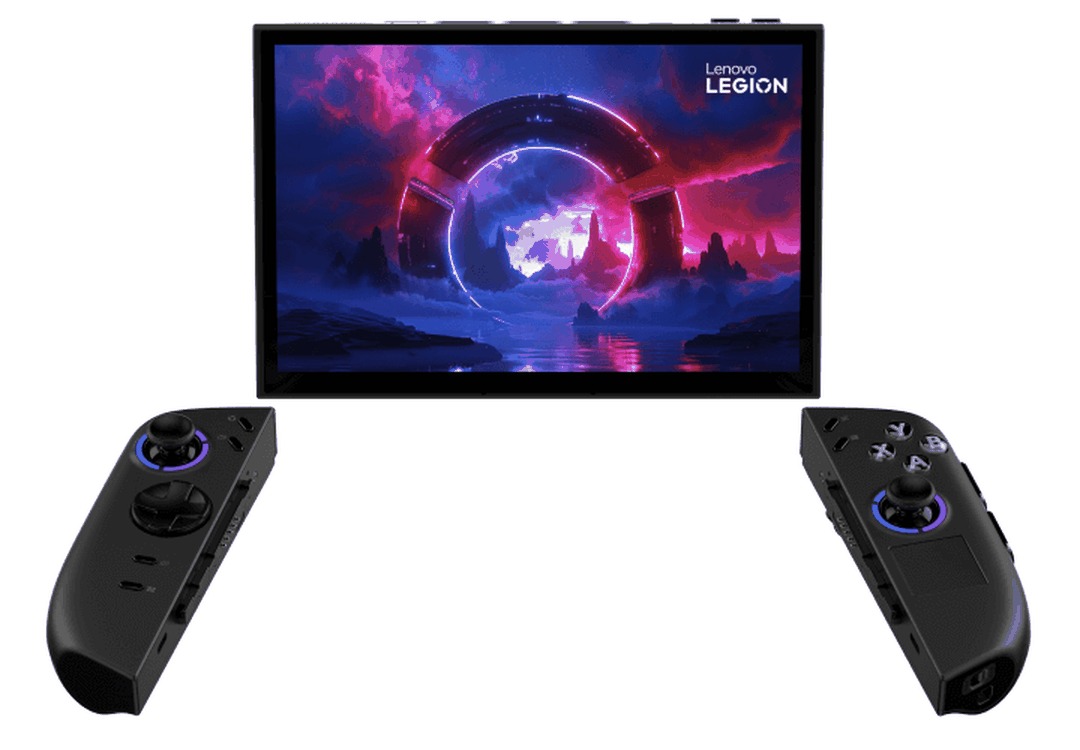Key Takeaways
1. Valve initially announced Lenovo as its sole partner for Powered by SteamOS devices, disappointing many fans expecting multiple brands.
2. Valve has revealed that it is now working with additional partners on officially licensed Powered by SteamOS devices.
3. OEMs interested in licensing SteamOS for their products can contact Valve for more information.
4. Although no specific OEMs have been named, there is speculation about the types of devices, including potential handheld gaming consoles.
5. The Legion Go S Powered by SteamOS is expected to launch on May 25, highlighting anticipation for future device releases.
Back in January, Valve announced that Lenovo was its sole partner for a Powered by SteamOS device. This news was disappointing for many who believed that multiple brands would join in on the SteamOS initiative and introduce their own devices. However, four months later, it appears that the situation has evolved, as Valve has disclosed that it now has additional partners.
New Partnerships Revealed
Valve stated that they are “currently working with select partners on officially licensed Powered by SteamOS devices.” This information was shared in an updated FAQ on SteamOS. Additionally, Valve mentioned that original equipment manufacturers (OEMs) can contact them for more information regarding the licensing of SteamOS for their products.
Speculation on Device Types
While Valve did not disclose the names of the OEMs it is collaborating with, there haven’t been any reports of new Powered by SteamOS devices being developed. Some might speculate that these devices will be handheld gaming consoles, but there is also a chance that not all of them will fall into that category, as Valve’s strategy is to expand SteamOS beyond just handhelds.
Anticipation for Release
It’s encouraging to know that new Powered by SteamOS devices are in the works. The major question remains: “When will they be available?” The Legion Go S Powered by SteamOS is expected to launch on May 25, more than four months after its initial announcement. Let’s hope that the gap between the announcement and the release of these upcoming devices won’t be so long.
Source:
Link





























